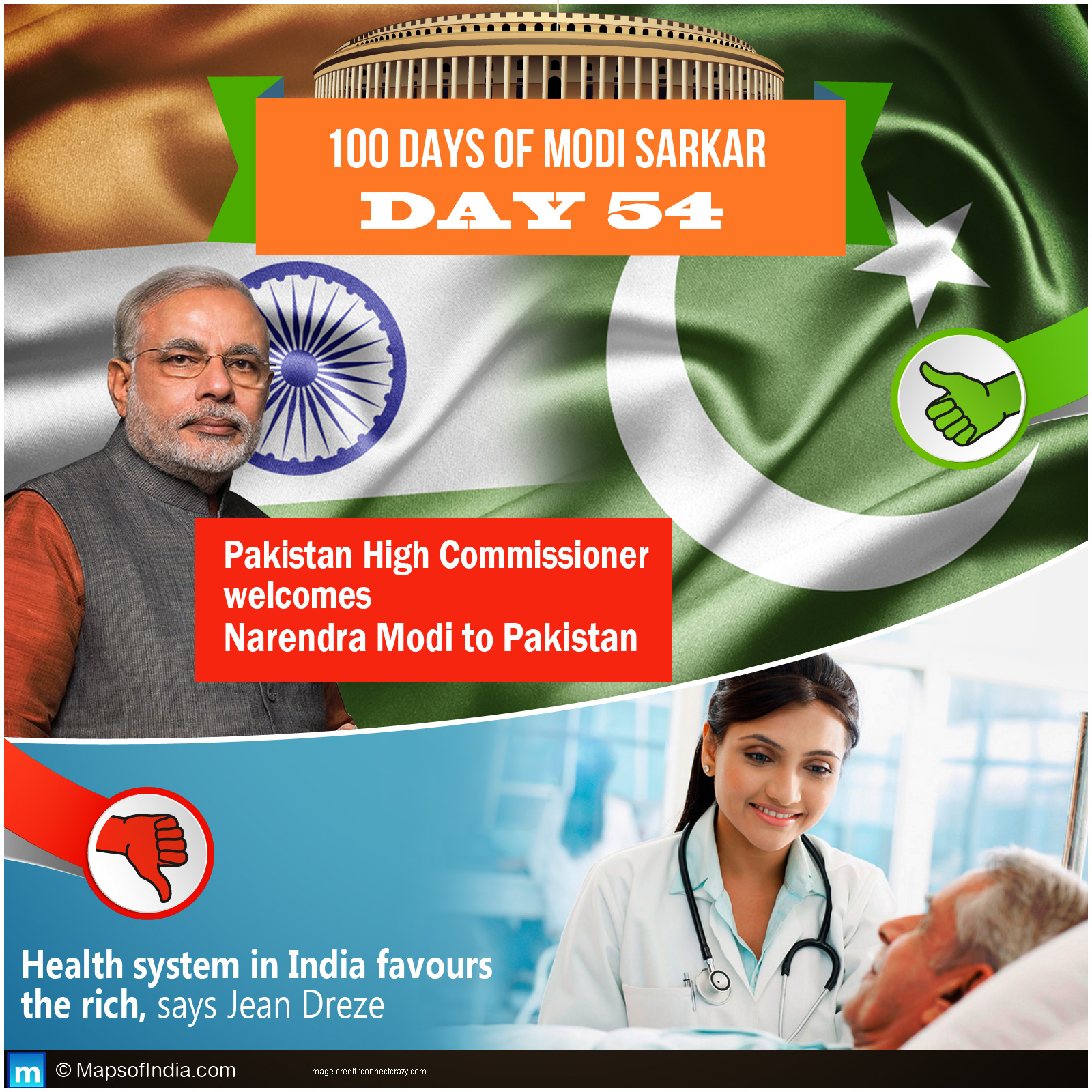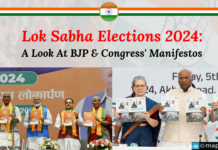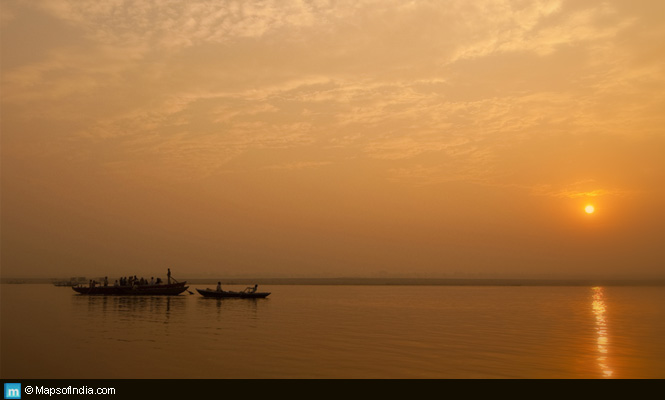Modi is always welcome in Pakistan says high commissioner
One of the various results of Narendra Modi coming to power as India’s prime minister, as many had feared, would be a further worsening of ties between the country and its immediate north-western neighbor Pakistan. However, so far things have been more or less smooth between both the countries on the political front. This was evident when Nawaz Sharif attended the swearing in ceremony of Modi and now Pakistan’s high commissioner has stated that the Indian prime minister would always be welcomed in Pakistan. He has also stated that the foreign secretaries of both India and Pakistan are supposed to meet soon and this is why the countries have been in touch with each other.
Considering Modi’s pre-poll public image as a no-nonsense politician when it came to defending India’s borders and its relations with countries such as Pakistan and China it is a little unexpected but also pleasant to see Abdul Basit, the high commissioner, welcome Modi to his country. One of the major issues between both the countries has been that of Jammu and Kashmir and Basit feels that going ahead it would be important to tackle the issue in an unobtrusive way so that something positive could be achieved.
President provides his nod to TRAI bill
There has been a fair amount of issues surrounding the appointment of Nripendra Mishra, who has previously served as the head of the Telecom Regulatory Authority of India, as the Principal Secretary to Narendra Modi and most of them were legal in nature. However, now that the Indian president, Pranab Mukherjee, has given his consent to the bill that was supposed to do away with these hurdles – and thus making it an Act – it is being assumed that these problems will no longer be there.
The amendment bill had initially received the consent of the parliament during the earlier part of the recently concluded week. Previously it was stated that someone who had been the chairman of TRAI could work in the private sector but after a couple of years following his retirement from the said post. They were barred from working in the public sector jobs altogether. The Indian government has stated that it always wanted to remove what it felt was an obvious flaw. Ravi Shankar Prasad has also cited that no other regulatory body such as Competition Commission, SEBI, and Airports Economic Regulatory Authority had such rules in place. This is why the rules were changed and parity was brought to the proceedings.
At least 3 lakh people working in IT sector, says government
The Indian government has stated at the parliament that the information technology and IT enabled services industries in India have employed at least 3 lakh people in the country. These firms are presently catering within India as well as outside it, thus becoming a major source for generating jobs at least in the urban sector. This also represents a growth in this sector compared to 2013. Ravi Shankar Prasad, the union communication and IT minister, has also stated that in the aforementioned year the Indian IT industry was able to get new projects from different countries, which contributed to its growth.
As per statistics provided by Nasscom, in 2013-14 the industry earned almost 80.6 billion dollars by exporting its products. In the 2012-13 fiscal this figure stood at 75.8 billion dollars thus representing a growth of 13.1%. Prasad also provided another encouraging data in this regard saying that 6.8 lakh among these professionals are working in Indian companies while the rest are working for the international enterprises. This shows the remarkable growth achieved by the Indian companies and emphasizes the potential of this sector to assume a bigger role in the future.
Indian investment in science pretty less compared to China, South Korea and US
A recently published report has shown that when it comes to investment in research for scientific pursuits India was far behind advanced countries such as China, South Korea and the US. For India, its investment in scientific research was around 0.88% of its GDP while South Korea invests 3 to 4% and the US pumps in 7 to 8%. This is also perhaps one of the reasons why these countries are much more advanced as opposed to India, which has all the natural resources but faces problems with the execution part of things.
The report that is known as “Whither Science Education in Indian Colleges?” has been brought out by Observer Research Foundation (ORF). It states that as of now the Indian government is investing on areas that are not so strongly related to the industrial sector and this has meant that it is also losing out on areas that could be crucial to India’s overall economic development. The Indian administration is looking to modernise the country and advance it to unprecedented levels and it needs to acknowledge that this cannot be accomplished without sufficient investment in scientific research and development.
India behind important targets but still showing development, says health minister
Over the years, from the point of view of human resources development, India has faced teething problems in areas such as controlling the population and mortality rate of infants and children. From the looks of it, India is still finding it hard to achieve a level ground in these areas considering the fact that it is behind all the targets that have been set in this regard. However, as per the union health minister Harsh Vardhan, is still showing signs of improvement.
One of the major reasons for this present predicament of India, as per Jean Dreze, a well-known development economist, is the tendency of the health sector to favor the rich and elite. As is the case with most essential commodities in India, health services are far better at the privately held hospitals and healthcare units and most of the times their costs ensure that the services stay out of the reach of the hapless common people who suffer the maximum amount of health related issues. This is where the government needs to look into and take steps to ensure that this imbalance is addressed as soon as possible.
Economic indicators
| Indicators | Value | Rise/Fall |
| SENSEX | 25641.56 | 80.40 |
| NIFTY | 7663.90 | 23.45 |
| Rupee/Dollar | 60.29 | 0.10 |
| Gold | 27,997.00 | -202.00 |
| Silver | 44,895.00 | -684.00 |
| Crude oil | 6,208.00 | -13.00 |
Read More:
One Year of Modi Sarkar
Top Programmes Launched by Modi
Pradhan Mantri Yojana
Narendra Modi






